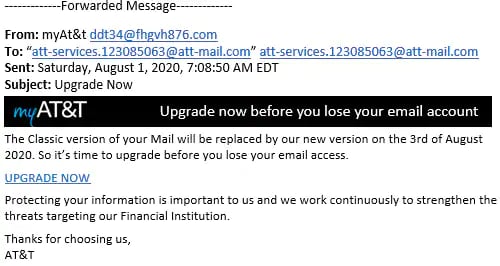

The first letter of an FSA code denotes a particular "postal district", which, outside Quebec and Ontario, corresponds to an entire province or territory. Components of a postal code Ī forward sortation area (FSA) is a geographical region in which all postal codes start with the same three characters. Ĭanada was one of the last Western countries to implement a nationwide postal code system. The advertisement was denounced as "sexist garbage" in the House of Commons by NDP MP John Rodriguez, prompting an apology from Postmaster General Bryce Mackasey. Use postal codes – you'll 'thing our 'thong', One 1975 advertisement in the Toronto magazine Byliner generated controversy by showing a man writing a postal code on the bottom of a thonged woman with the following ditty: The boycott was called off in February 1976. The union declared 20 March 1975 National "Boycott the Postal Code" Day, also demanding a reduction in the work week from 40 to 30 hours. The unions ended up staging job action and public information campaigns, with the message that they did not want people and business to use postal codes on their mail. The Canadian Union of Postal Workers objected to the automated sorting system mainly because the wages of those who ran the new automated machines were much lower than those who had hand-sorted mail. The introduction of such a code system allowed Canada Post to easily speed up and simplify the flow of mail in the country, with sorting machines being able to handle 26,640 objects an hour.

Ĭoding of Ottawa was followed by a provincial-level rollout of the system in Manitoba, and the system was gradually implemented in the rest of the country from 1972 to 1974, although the nationwide use of the code by the end of 1974 was only 38.2 per cent. The introduction of the postal code began with a test in Ottawa on 1 April 1971. He later tabled a report in February 1970, entitled "A Canadian Public Address Postal Coding System", submitted by the firm of Samson, Belair, Simpson, Riddell Inc. In December 1969, Communications Minister Eric Kierans announced that a six-character postal code would be introduced, superseding the three-digit zone system. A key recommendation was the "establishment of a task force to determine the nature of the automation and mechanization the Post Office should adopt, which might include design of a postal code". New technology that allowed mail to be delivered faster also contributed to the pressure for these employees to properly sort the mail.Ī report tabled in the House of Commons in 1969 dealt with the expected impact of "environmental change" on the Post Office operations over the following 25 years. Consequently, it became progressively more difficult for employees who handsorted mail to memorize and keep track of all the individual letter-carrier routes within each city. Planning Īs the largest Canadian cities grew in the 1950s and 1960s, the volume of mail passing through the country's postal system also grew, to billions of items by the 1950s and tens of billions of items by the mid-1960s. Companies changed their mail addressing at their own expense, only to find the new zoning would prove to be short-lived.

However, with impending plans for a national postal code system, Postmaster General Eric Kierans announced that the Post Office would begin cancelling the new three-digit city zone system. Toronto's renumbering took effect, accompanied by an advertising campaign under the slogan "Your number is up". For example, an address in Metropolitan Toronto would be addressed as: In the late 1960s, however, the Post Office began implementing a three-digit zone number scheme in major cities to replace existing one- and two-digit zone numbers, starting in Montreal, Toronto and Vancouver. For example, an address in Vancouver would be addressed as: īy the early 1960s, other cities in Canada had been divided into postal zones, including Quebec, Ottawa, Winnipeg and Vancouver as well as Toronto and Montreal. Postal zones were implemented in Montreal in 1944. Mail to a Toronto address in zone 5 would be addressed in this format:Īs of 1943, Toronto was divided into 14 zones, numbered from 1 to 15, except that 7 and 11 were unused, and there was a 2B zone. Numbered postal zones were first used in Toronto in 1925. 6 Transition points to the Canadian Forces Postal Service.


 0 kommentar(er)
0 kommentar(er)
